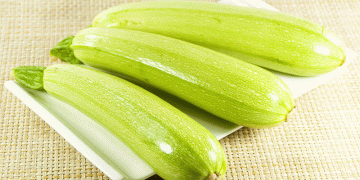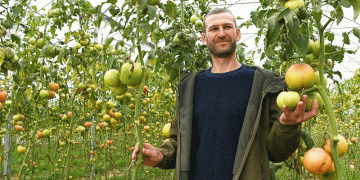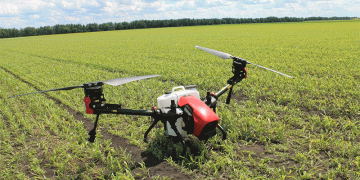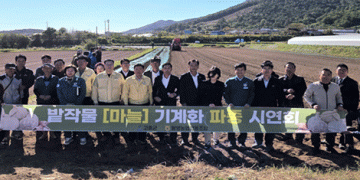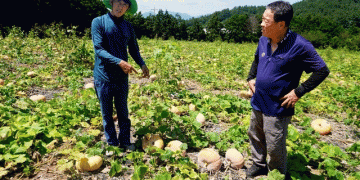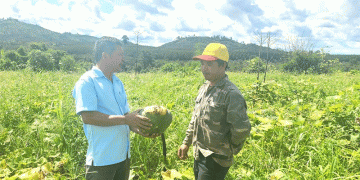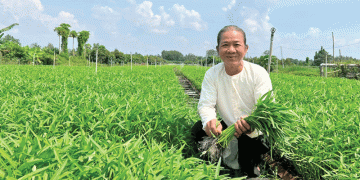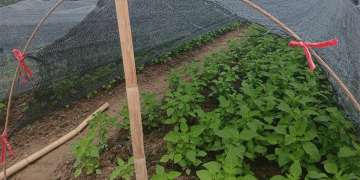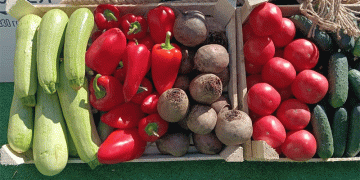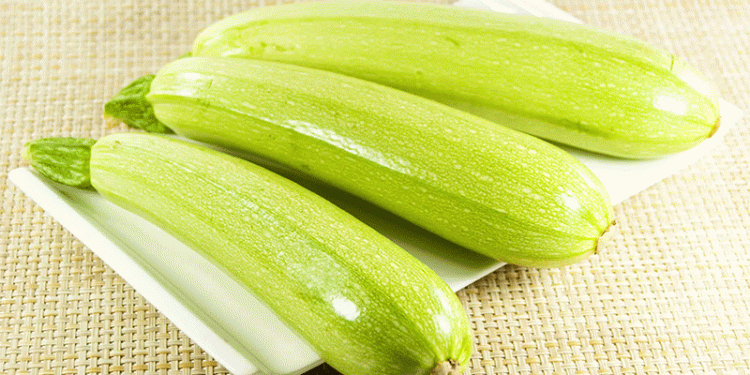A recent report by Hortoinfo reveals a staggering price disparity in Spain’s zucchini market. In May, farmers were paid a meager €0.22/kg, while production costs averaged €0.44/kg—meaning growers lost 50% on every kilogram sold. Meanwhile, consumers paid €1.77/kg, marking a 705% increase from farmgate to retail.
The Price Index of Origin and Destination (IPOD), published by the Coordination of Farmers’ and Livestock Organizations (COAG), highlights this unsustainable gap. While farmers bear losses, intermediaries and retailers reap disproportionate profits.
Why Such a Massive Markup?
- Supply Chain Inefficiencies – Multiple intermediaries between farmers and supermarkets inflate costs.
- Retail and Transport Costs – Energy prices and logistics add pressure, yet farmers absorb most losses.
- Market Speculation – Some traders exploit seasonal demand shifts, further squeezing producers.
Globally, similar trends are observed. According to Eurostat, food inflation in the EU reached 6.1% in early 2024, with fresh vegetables among the hardest hit. A 2023 FAO report also notes that only 8-12% of consumer food spending reaches small-scale farmers in developed markets.
Time for Transparency and Fair Pricing
The 705% zucchini price surge underscores deep flaws in agricultural supply chains. While farmers struggle with below-cost payments, consumers face inflated prices—a lose-lose scenario. Solutions like direct farm-to-consumer sales, cooperative bargaining, and policy interventions are needed to ensure fair compensation for growers and reasonable prices for buyers.
